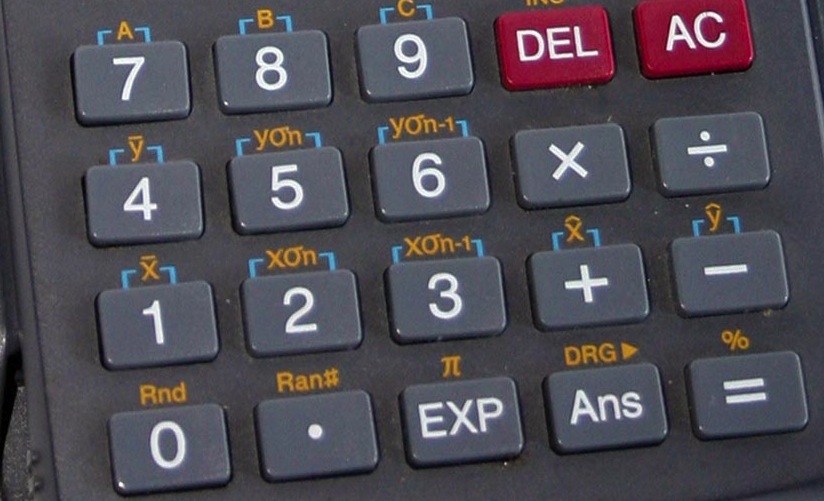
Christian 'VisualBeo' Horvat
“But I brought them the pay stubs,” my client tried to explain as we looked over documents in preparation for her administrative hearing, documents including the invoice for $2,054 she had received from NYC’s Human Resources Administration (HRA). Staff members in the agency had failed to update her income information despite her submitting the necessary proof of income multiple times. For six months, she continued to receive Supplemental Nutrition Assistance Program (SNAP) benefits although, unknown to her, the new employment income made her ineligible. HRA finally recognized its mistake, closed the case, and sent a $2,054 invoice to a two-person household that barely made $1700 per month. A significant portion of our preparation for the hearing involved me explaining to my client that her diligence in adhering to the program’s rules would not matter in this case.
In general, SNAP recipients have very little knowledge about the highly political math that determines how their monthly benefits are calculated. “Standard Utility Allowances,” “Thrifty Food Plan” and other jargon are not terms that the average SNAP recipient could define but their ever-changing definitions have substantial impact on an individual’s eligibility for benefits and the benefit amount.
Most people’s actual engagement with SNAP follows a similar path: A household struggles to purchase food. The household either knows of or learns of SNAP benefits. The household applies for benefits, submits the required documents, appears for the required appointments and waits for approval at some benefit amount. If HRA has made an easily recognizable error in calculation, such as one concerning the household’s income, SNAP recipients might request an administrative hearing to ask that the change be made. In general, however, SNAP recipients are told, through various forms of cultural narratives, to simply be grateful for any amount of benefits they receive.
Within this context, when HRA makes an error in calculating a household’s benefits, the clients are the last to know. If, as they are required to do, SNAP recipients report changes in household circumstances such as a reduction in the number of household members or an increase in income, it is the agency’s responsibility to re-calculate the benefit amount with the new information. When HRA does not take any action and the SNAP recipient continues to receive the higher amount to which they are no longer entitled, HRA is mandated by federal law to recover the “overpayment” caused by its own error. If the recipient’s SNAP case is active, this is done by reducing the monthly benefit amount, and if the case has been closed, an invoice, identical to the one my client received, is sent to the household demanding cash repayment.
Under the guise of program integrity and quality control, the US Department of Agriculture (USDA), which administers the federal program, burdens low income people with the task of remedying the mistakes of local Agencies. This practice continues even as the incidence of SNAP overpayment errors reaches historic lows (a 2.9 percent error rate in FY 2014, down from double digit rates in the 1990s) and the program itself remains an example in efficiency when compared to other federal programs such as the Earned Income Tax Credit, which consistently reports overpayment rates between 22 percent and 26 percent.
This practice also paradoxically continues as New York State and New York City continue to tout the benefits of the program as a means of supporting low income households and the state’s overall economy. Recently, Gov. Andrew Cuomo announced that the state would raise the gross income test level for the program from 130 percent to 150 percent of the federal poverty level, a move that would make almost 750,000 households across the state newly eligible for SNAP benefits. Simultaneously, in New York City, HRA has launched a highly visible #SNAPHelps public awareness campaign to destigmatize the program and encourage enrollment and has also requested permission from USDA to use new technologies in an effort to help expand and facilitate access to the program.
If the city and state are sincere in their intentions to use SNAP benefits to support low income-working class people, they cannot only focus on the issue of access and expansion. Why increase the number of economically marginalized people receiving benefits only to put those same people at risk of being held financially responsible for the agency’s own errors? SNAP is more successful, efficient, and impactful today than it has ever been and administrators at both state and local levels of government have the opportunity to truly advocate on behalf of SNAP recipients in a way that can substantially impact the ways they benefit from the program.
It’s time for the local and state agencies to acknowledge the harm caused to SNAP recipients by the demand for repayment of agency overpayments and to challenge the USDA and the federal to eliminate this archaic and punitive practice.
Shaunee Morgan is an advocate at the Urban Justice Center’s Safety Net Project.









3 thoughts on “How NYC’s Food-Stamp Math Hurts Some Low-Income Families”
I feel for the lady who now has to pay back to HRA. It wasn’t even her mistake. Maybe they should take it out of the person who made the mistake at HRA’s salary and then the mistake won’t happen again.
Hahaha, if they deduct the HRA agents for their mistake, they themselves would have to apply for snap.
The same thing happen to me even though I provided my paystubs as required. Now I have to pay $2,000 for their mistake.